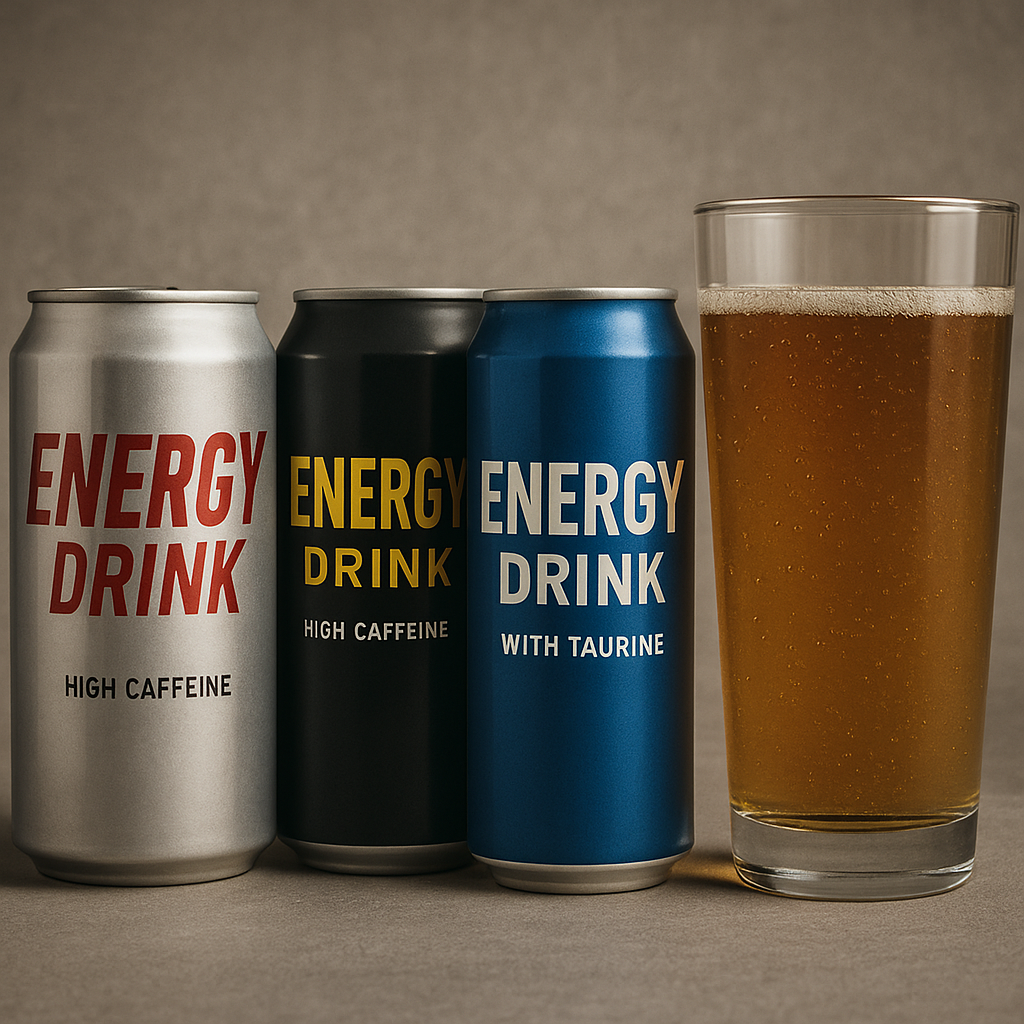Once confined to gym bags and late-night study sessions, energy drinks have now cemented their place in mainstream consumption — found everywhere from school vending machines to boardroom mini-fridges. Marketed as miracle solutions for fatigue, these beverages promise quick mental alertness, improved performance, and stamina boosts.
But behind the colorful cans and buzzword branding lies a growing public health concern. Medical experts and regulatory agencies are raising alarms over the unchecked rise of energy drinks and their impact on cardiovascular, neurological, and metabolic health — especially among young adults and adolescents.
The Energy Formula: What’s Really Inside the Can?
Most energy drinks derive their punch from a potent mix of caffeine, sugar, and stimulants like taurine, guarana, and B-vitamins. While each ingredient on its own may have a role in boosting focus or energy levels, health researchers argue that their synergistic effects remain poorly studied and loosely regulated.
“The danger is in the dosage,” says Dr. Priya Malhotra, a clinical nutritionist based in Mumbai. “Caffeine levels in some of these drinks can exceed 300mg per serving — that’s equivalent to three strong cups of coffee, and often consumed in one go by teenagers.”
The Rising Body Count: What the Science Tells Us
Energy drinks have been linked to a range of adverse health outcomes, including:
- Cardiac Arrhythmia & Hypertension: Caffeine spikes can cause irregular heartbeats, palpitations, and increased blood pressure — particularly in those with underlying heart conditions.
- Sleep Disorders & Anxiety: The stimulant effect disrupts natural sleep cycles and may contribute to anxiety, mood swings, and even panic attacks.
- Weight Gain & Metabolic Syndrome: The sugar content in many energy drinks rivals that of soft drinks, contributing to obesity and type 2 diabetes risks.
- Risk-Taking Behavior: Studies show a troubling association between energy drink consumption and alcohol misuse, reckless driving, and risky decision-making, especially in teens and young adults.
Despite these concerns, the drinks remain widely available and aggressively marketed.
Who Is Most at Risk?
According to the World Health Organization, adolescents, pregnant women, and individuals with cardiovascular or metabolic disorders are particularly vulnerable to the effects of energy drinks.
“Children and teenagers are increasingly consuming these beverages like soft drinks — unaware of how potent they are,” says Dr. Rajeev Choudhary, a pediatric cardiologist in Delhi. “And unlike coffee, they’re often sweetened, flavored, and packaged to appeal to the youngest consumers.”
A Regulatory Grey Zone
In many countries, including India, energy drinks are often sold under the classification of “dietary supplements” or “functional beverages,” bypassing the stringent controls that apply to pharmaceuticals or even carbonated sodas. While food safety agencies have issued caffeine limits and labeling guidelines, enforcement remains weak.
A 2024 report by the Indian Council of Medical Research found that many leading energy drink brands failed to clearly disclose caffeine content or included misleading claims about their health benefits.
The global energy drink market, projected to cross $100 billion by 2030, continues to thrive despite growing scrutiny.
Beyond the Buzz: What Are the Alternatives?
Experts suggest that rather than turning to chemically-enhanced beverages, individuals should focus on natural, sustainable ways to boost energy:
- Hydration: Water remains the most effective remedy for fatigue.
- Whole Foods: Complex carbs, proteins, and healthy fats provide long-lasting energy.
- Sleep Hygiene: Regular sleep patterns dramatically reduce daytime drowsiness.
- Moderate Exercise: Even light physical activity can energize the body and mind.
- Green Tea or Black Coffee: When consumed in moderation, these offer a safer, more predictable caffeine experience.


